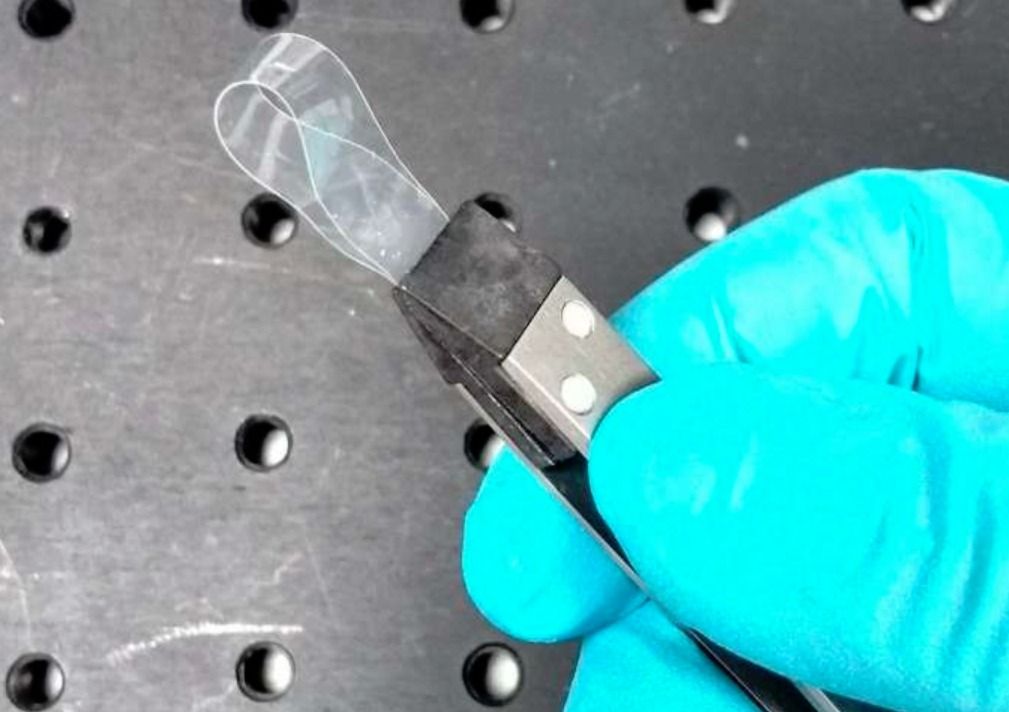Astronomers have spotted a monstrous stellar flare coming from a baby star 685 light-years away that’s estimated to be 10,000 times larger than any such event emitted by our sun.
Experts say the stellar ‘tantrum’ could provide a window into the birth of potentially habitable exoplanets, revealing how huge events shake up the material orbiting distant stars.
The M-type star is just 2 million years old, meaning it has yet to reach the size at which it will remain for most of its life.









